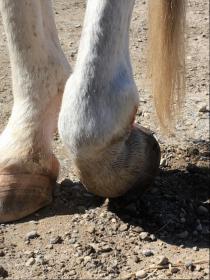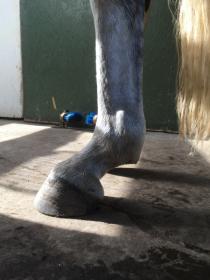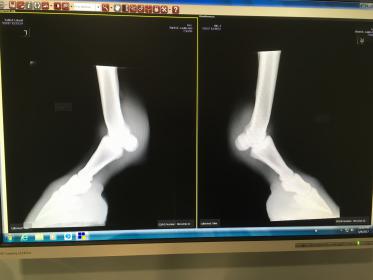[QUOTE=Bats79;8840102]
It certainly IS learned in some instances - if the factors are right (and assuming they are referring to wind sucking not wood chewing).
In 40 years of breeding horses with the same mare lines we have had a total of 2 foals become windsuckers. Different bloodlines, different environmental situations - the ONLY constant between the 2 was that we had a couple of mares (not related to the foals) but in the same paddock and they sucked wind.
Since then (18 years ago) I have not allowed a wind sucker near my young horses and I have not had another foal learn to suck wind. I’m not saying that there isn’t an inherited predilection to the behaviour but I’ve definitely not had a foal become a wind sucker (and we bred full siblings to both the foals that learned to suck wind) without first seeing another horse doing it. If it was only inherited then we should have witnessed a young horse taking it up when the environmental factors were right but we have not.[/QUOTE]
perhaps their common uniting factor is their management… cribbing is a stereotypy, a coping mechanism from some sort of external trauma (either physical or mental) or stressor.
are your foals stalled? did they develop this behavior during/after weaning?
in my experience it is not something a content horse watches another horse do and replicates: it’s something a stressed (for whatever reason) animal does to cope with its stresses. it could be anything from extreme boredom to unhappiness with isolation, stall rest, weaning, etc. i never had a single one of my horses ‘learn’ to crib even when housed next to very active cribbers.




